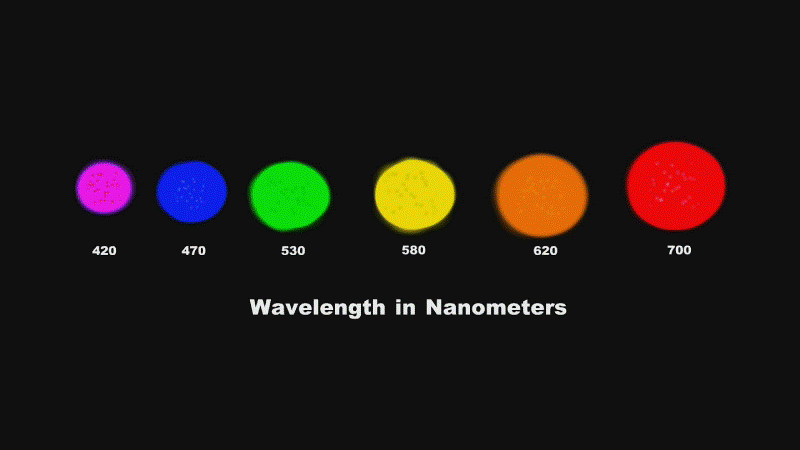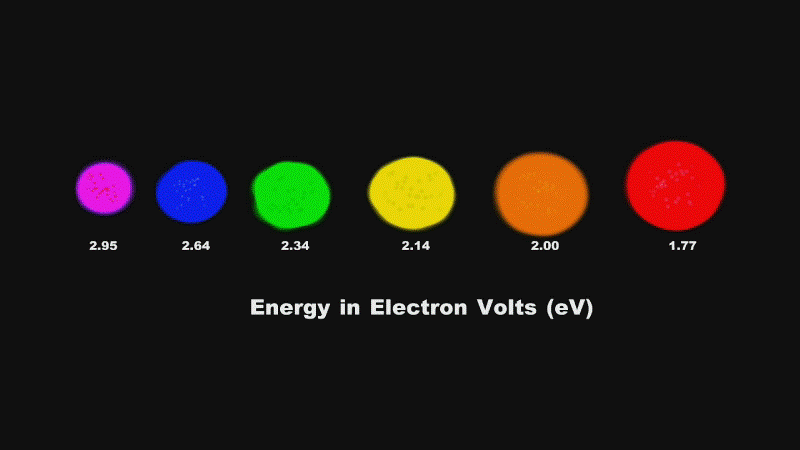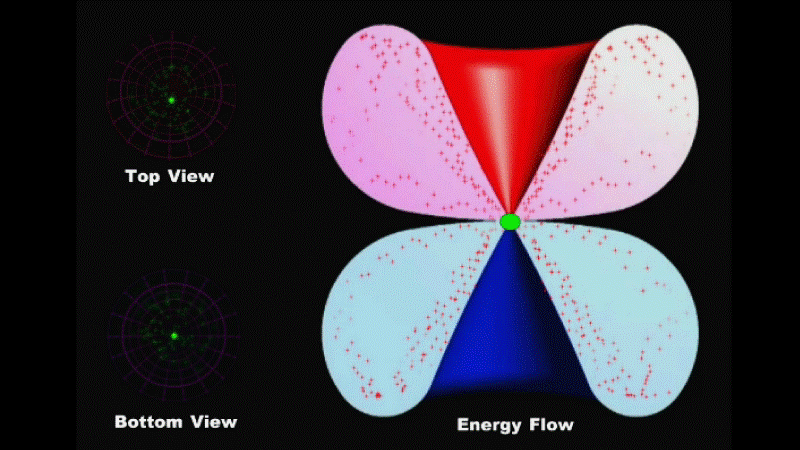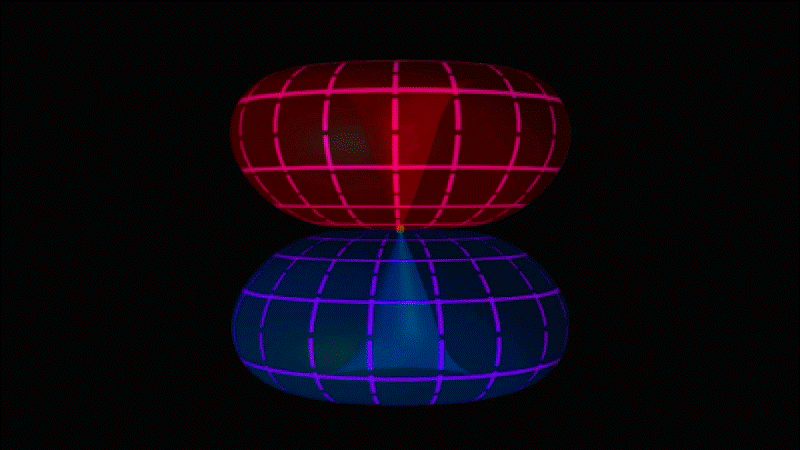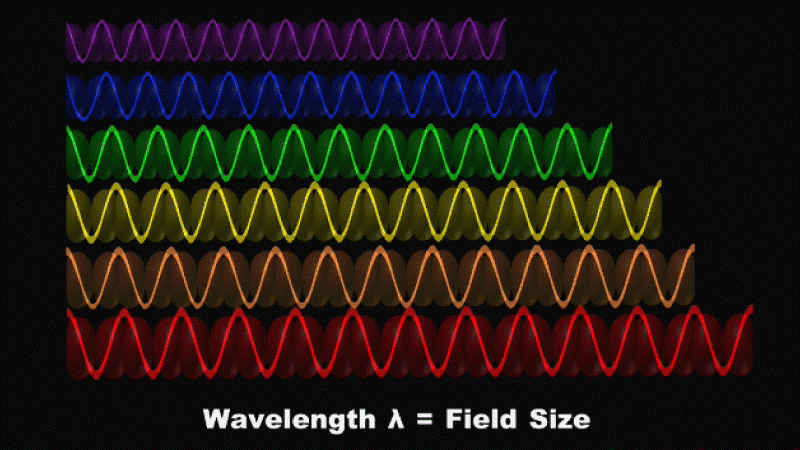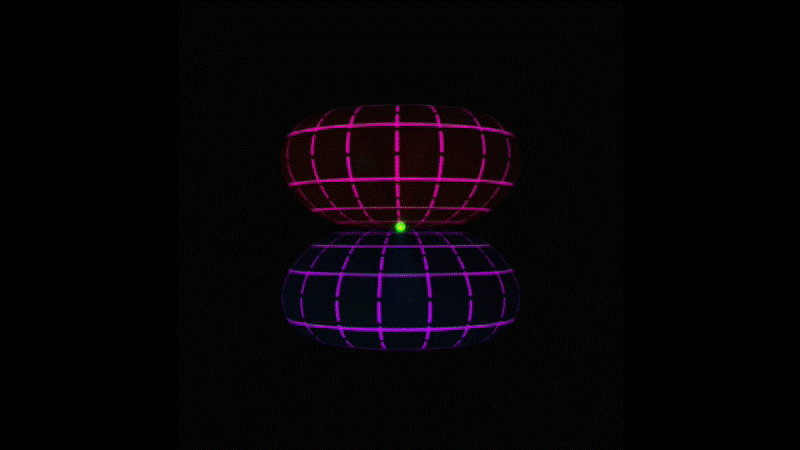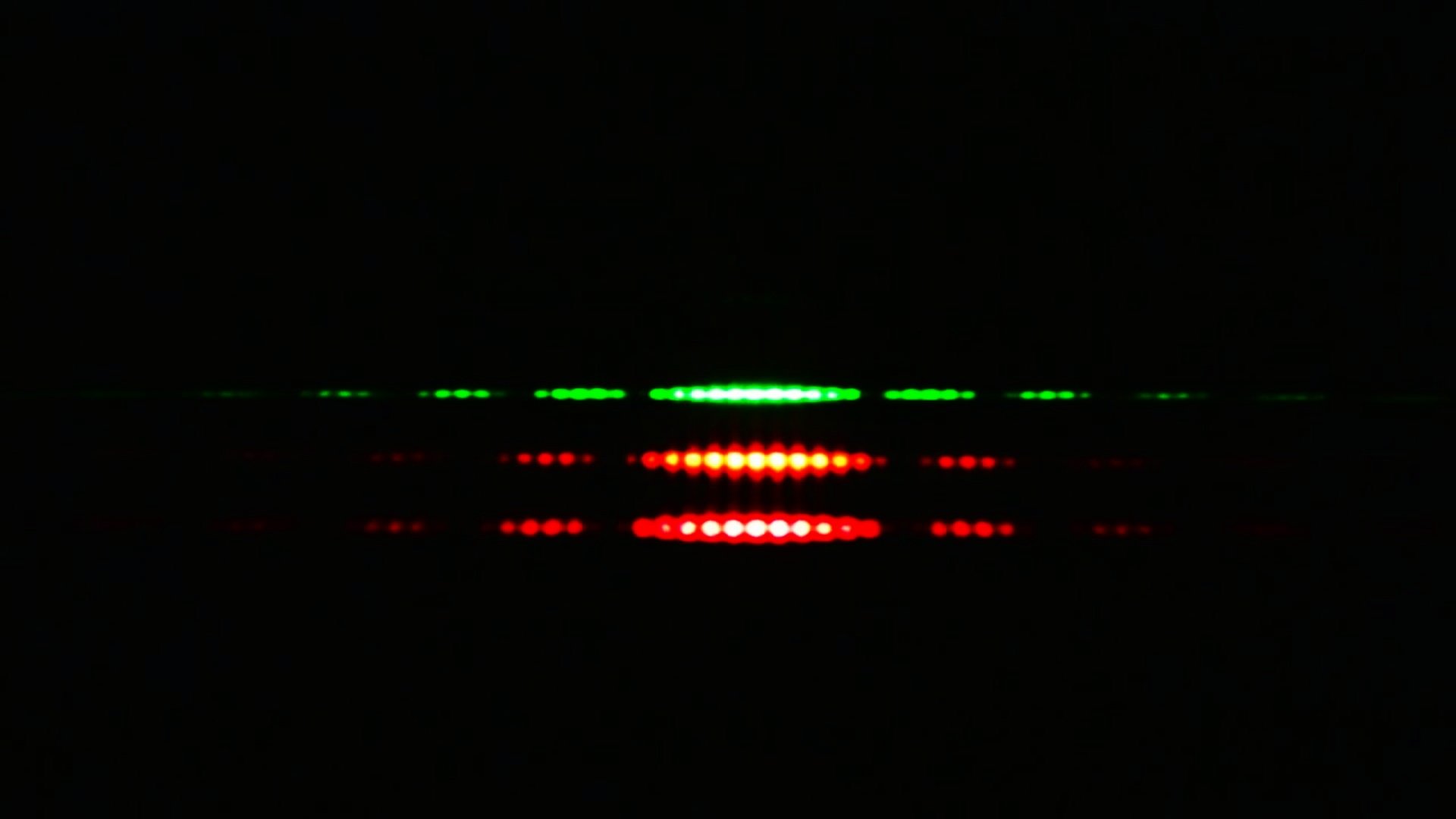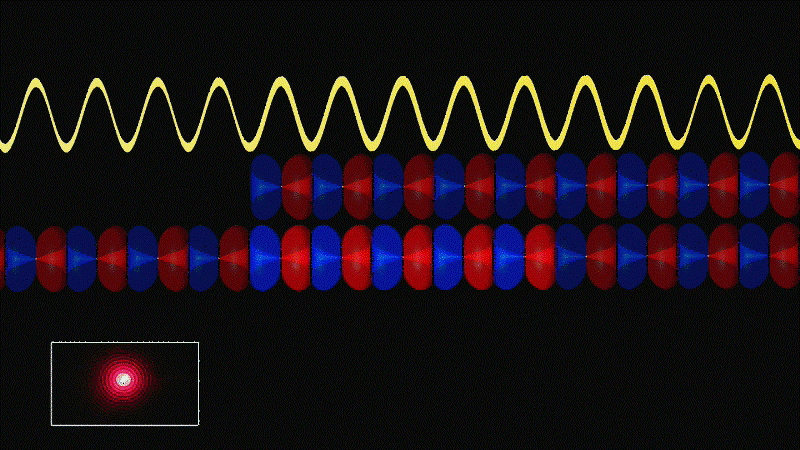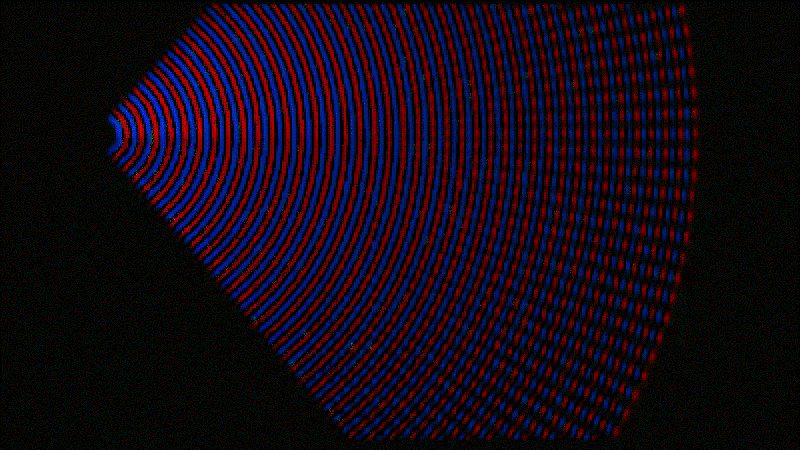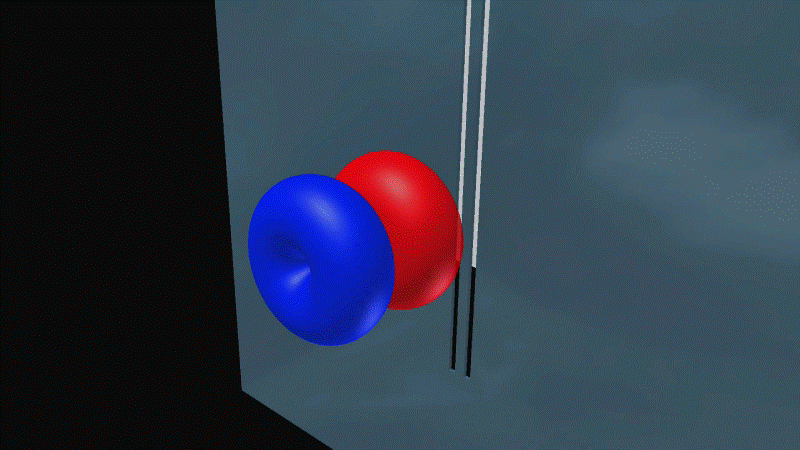PrimerFusion Science 201
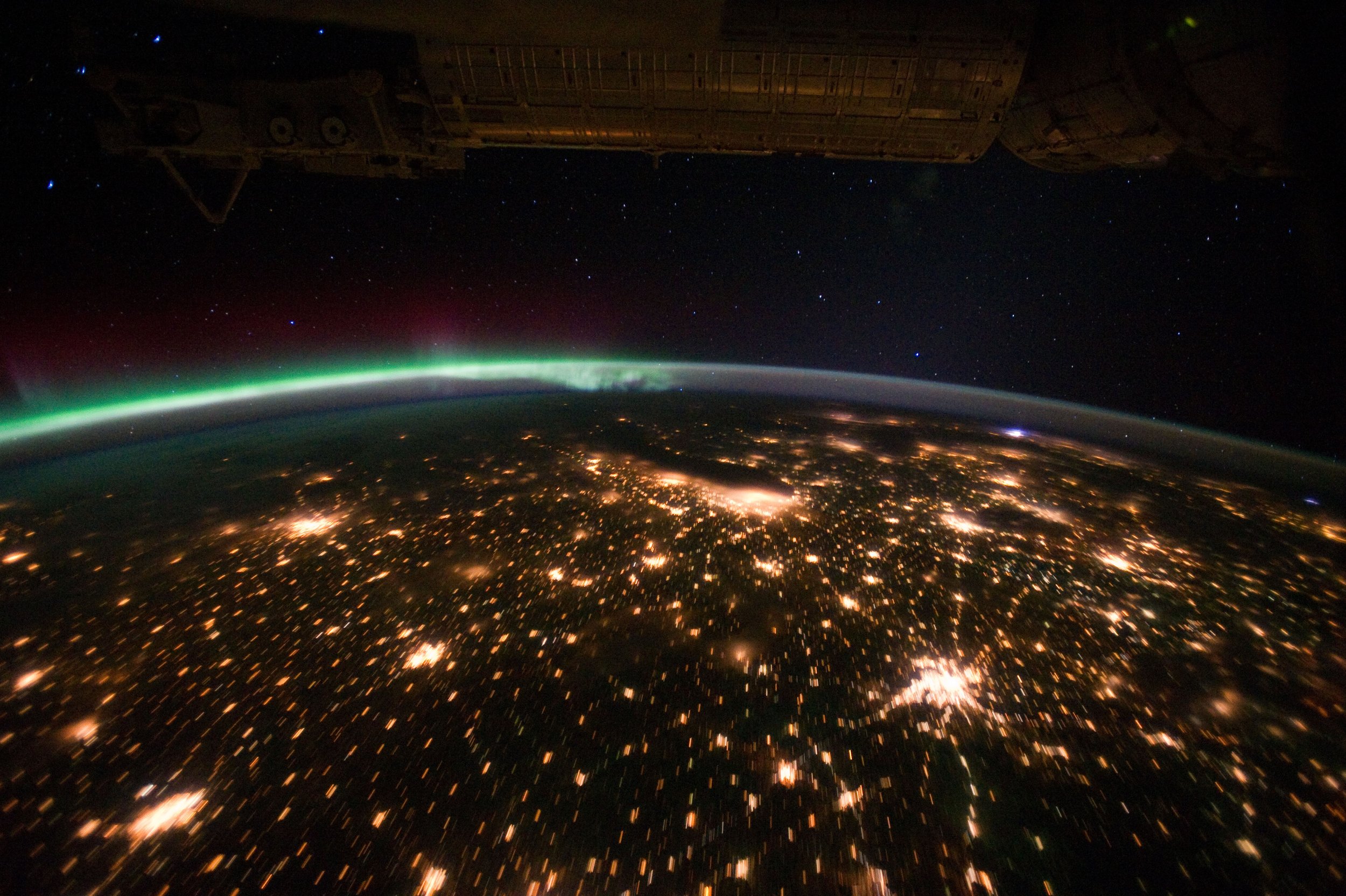
What Confines a Photon?
Here we see the representation of a single photon. A photon is a concentration of energy in a very small area, but what confines the photon to the small area that it occupies? Then secondly what causes photons to exhibit the properties of both a particle and a wave in the double-slit experiment? These questions have puzzled scientists for many years and you will be shown that the answer to both of these questions is the same answer.
Albert Einstein on Fields
In 1938 Albert Einstein and his friend Leopold Infeld published an excellent book entitled the “The Evolution of Physics”. By clicking on the image to the right you can download a pdf copy of that book. On page 257 the authors state “What impresses our senses as matter is really a great concentration of energy into a comparatively small space. We could regard matter as the regions in space where the field is extremely strong.”
Einstein’s Unified Field Theory
Then on page 258 of the “Evolution of Physics,” we also find “There would be no place, in our new physics for both field and matter, field being the only reality.” Abert Einstein was clearly a genius and he knew that fields were the real secret behind the physical world. Because of this belief, Einstein spent the last years of his life trying to reconcile a “Unified Field Theory” to explain all we see in our universe. If he had been allowed to see that there was not one field but two fields around every concentration of energy, how different our lives would be today. But apparently, it wasn’t quite time for humans to possess that knowledge.
Concentrations of Energy
Now in this image, we have representations of photons of six different wavelengths of light from 420 Nanometers for the violet photon to 700 Nanometers for the red photon.
Energy Levels
Here we have the same photons and the energy level in Electron Volts of each color of light. So we have 2.95 Electron Volts for the violet photon to 1.77 Electron Volts for the red photon. By comparing this image to the previous image, you can see that the shorter the wavelength, the higher the energy level.
Magnetic Confinement
Now we have the magnetic bowl-shaped arrays that we described on our Science 101 page. The red bowl has a north magnetic orientation and the blue bowl has a south magnetic orientation. The steel ball is held in the nucleus area by very strong magnetic forces emanating from the bowl-shaped magnetic arrays. This location between the two bowl-shaped arrays has the greatest magnetic field concentration of anywhere in or around the arrays. In other words, this area with the highest magnetic flux density is where the green photon is held, concentrated, and energized in our next animation.
Confine and Energize
Here we have an animated image showing a simplified version of the energy flow within the magnetic fields that confine a green photon. These fields confine the photon and also keep it energized even when it travels for millions of light-years through space. There is a lot more to a photon than just the point the photon occupies. The photon combined with its fields generates the power required to keep the photon lit, but that system is destroyed when a photon is absorbed by a surface. This animation is not to scale, as the fields that confine and keep the photon energized are actually far larger than what is shown here compared to the size of the photon.

The Magnetic Fields in 3d
This animation shows the magnetic fields rotating so that you can get a better idea of their structure in nature. The naturally occurring magnetic fields have a slightly different shape than our human-built magnetic arrays, but their function is the same. The green dot in the center of these fields represents the photon. The red field represents the magnetic north field and the blue field represents the magnetic south field.
Field Size versus Wavelengths
Now we see rows of the fields that confine and energize photons of different colors. The longer the wavelength the larger the fields and the wider the fields. Obviously, the field size also determines the distance between photons and therefore the frequency of that color of light.
Light Doesn’t Wiggle
These waveforms represent the frequency of light, or in other words, the distance between the photons of the same color in each row. In addition, you now know that these waveforms also represent the size of the fields that contain and energize the photons. Although waveforms are useful in helping us visualize frequencies and the size of the fields involved, we need to remember that waveforms are just representations. Light does not wiggle like the waveforms wiggle.

Electromagnetic Radiation
You may have seen this diagram of electromagnetic radiation before. But what do the red and blue waveforms actually represent as far as the physical shape of the electric and magnetic fields? Where would the bowl-shaped magnetic fields we see above fit in this diagram? The answer is just below if you haven’t already figured it out.
What the Waveforms Mean
The magnetic fields around the green photon are one wavelength in length as shown in this diagram and the photon is at the crossover point between the electric field waveform and the magnetic field waveform. Where ever there are photons there are fields that confine and energize them. Notice the end view of the rotating fields and the green energy flowing back to the photon itself. This recirculating energy flow keeps the photon emitting light. When that energy flow stops circulating or is interfered with, the photon goes dark.
Constructive and Destructive Interference
These three patterns of light were produced with three identical double-slit experiments with the only difference being the color of the laser shining on the double slits. In the patterns, there are bright areas where the light is brightest. This brightening is caused by “constructive interference” and the dark areas are caused by “destructive interference”. Click the image for a larger view.
In this animation, the north magnetic fields are shown in red and the south magnetic fields are shown in blue. The upper row of photon fields is provided for reference. The lower row is two separate groups of photon fields and as they move this shows the destructive interference when the red fields overlap the blue fields. At the top are the waveforms of the two rows of photons fields. When the waveforms are in phase we see the brightening a.k.a., constructive interference. When the waveforms are 180 degrees out of phase we have destructive interference where the light is dimmed. Light plus light equals dark in that situation. Now you know why this is.
This animation shows photon fields coming from two slits in a double-slit experiment. The distance between the slits is varied and as this occurs we see the changes in the interference pattern. Just as in the previous animation, when the photons’ fields are in phase with other photons’ fields, the light in that area becomes brighter. (Constructive Interference). When the photons’ fields are 180 degrees out of phase with other photons’ fields, the photons go dark. (Destructive Interference). When the photons’ fields are 180 degrees out of phase with the other photons’ fields, it causes the energy flows within those fields to “Interfere” with each other. In other words, the north energy flows and the south energy flows cancel each other out so that there is no energy flow in those photons, and the photons go dark.
Once you understand that there are fields around every photon or particle of matter, the concept of particle-wave duality is not difficult to reconcile. Now let’s look at how this concept applies to the double-slit experiment.
This animation shows the double-slit experiment with a single photon and the fields around it passing through the two slits. The fields surrounding the photon also contain energy as they confine and energize the photon in the first place. The photon itself only passes through one slit, but some energy from the fields also passes through the other slit. Since the energy from the fields is passing through both slits, this leads to the interference patterns we see in the double-slit experiment when photons are fired through the slits one photon at a time. It is important to remember that there is more to a photon than just the photon itself. A photon also has fields that confine and energize it.




